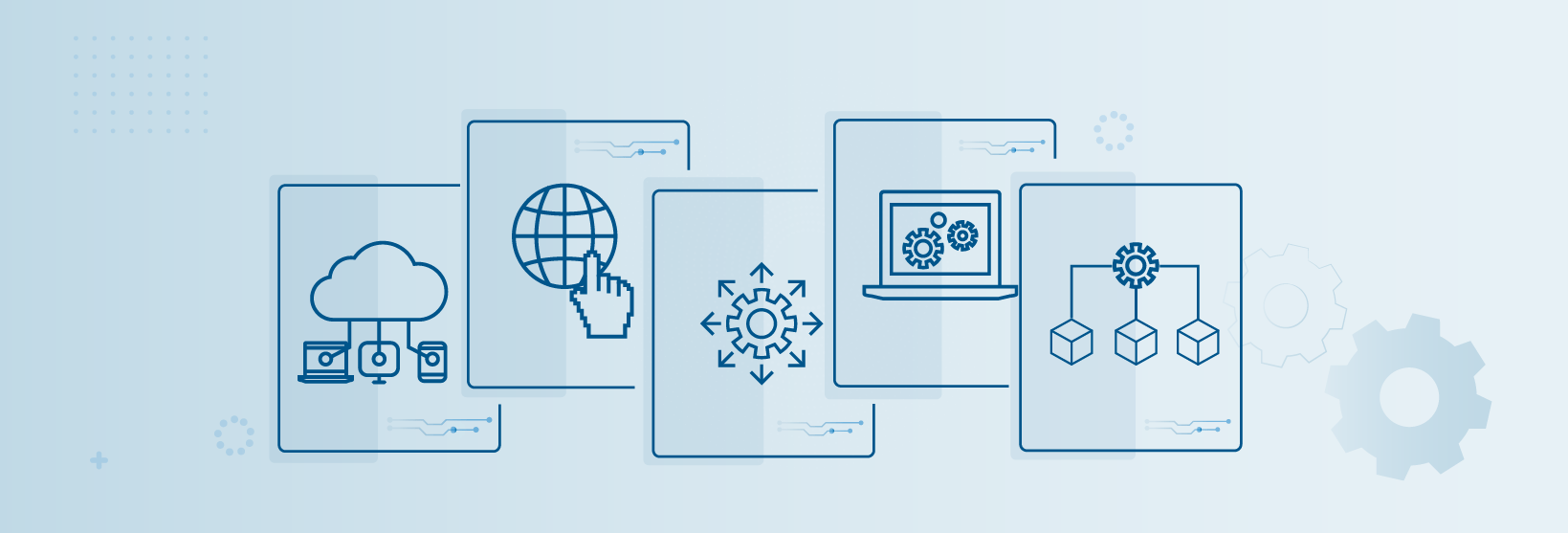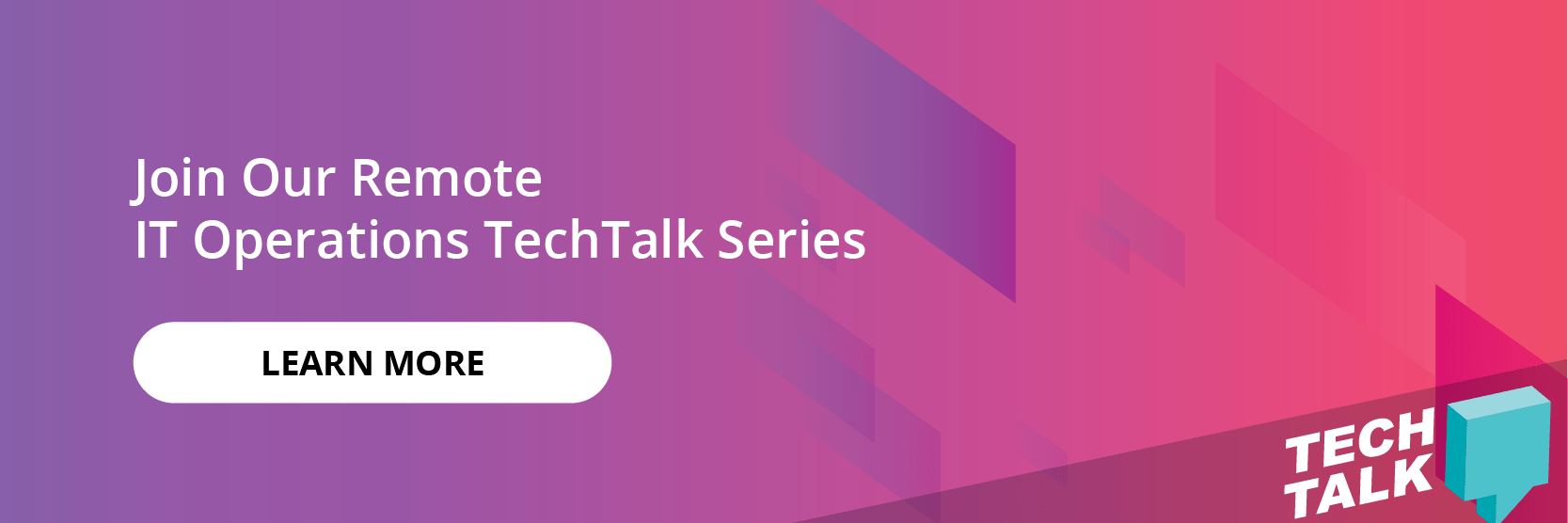This article originally appeared in Forbes.
There is a dark side to digital transformation, but nobody wants to talk about it. I previously wrote about technical debt. But there’s also complexity debt. When a CIO decides to delay modernizing or upgrading systems, there are usually budget considerations and skills gaps that stand in the way.
The IT leader’s job is one of continual evaluation of risk and opportunity amid rapid technology disruption. According to Gartner, "By 2024, at least 50% of digital business solutions in production will be IoT-enabled," and by the end of 2021, "more than 50% of large enterprises will deploy at least one edge computing use case to support IoT or immersive experiences, compared to less than 5% in 2019."
Furthermore, public cloud spending will more than double by 2023, says IDC. While new technologies and ways of working, like DevOps, can enable faster innovation, they also bring added costs in the form of security, management, integration and process change.
Here are digital transformation initiatives that hide complexity debt:
- Infrastructure Choice Can Be Messy
Hybrid and multicloud strategies have been promoted heavily in the last several years because they give IT organizations the flexibility to host applications where they are most suited for business requirements. While this can also help with cost management by using lower-cost infrastructure where possible, running multiple environments can neutralize savings. Your clouds and internal data centers have to play together. You may have integration and portability challenges, and visibility can get murky. That may lead to more incidents and financial and business risks. - Shadow IT Is Here To Stay
Shadow IT is a necessary reality today and is delivering benefits, such as more customer- and employee-driven innovation and stronger internal customer satisfaction. Allowing business units to have more influence over technology can bring greater IT and business alignment. Yet, it can be difficult to manage. For 67% of IT leaders, at least half of their spend is controlled by individual business units, according to a recent survey. Many IT leaders are struggling with how to support choice and still control costs and governance. - SaaS Realities
SaaS is a positive trend for businesses. It takes away the pain and cost of managing and hosting software, and it makes innovation a standard business process. Yet, integrating SaaS vendors around compliance and governance -- especially concerning security, privacy and data residency requirements -- is complex, as each vendor carries its own policy. IT pros are also challenged with managing API integrations between their SaaS partners; when something goes wrong, it may be up to the CIO to solve it. Not all IT organizations are prepared to upgrade as frequently as the vendor is pushing out releases. There are integration challenges, user adoption of new functionality, change management and training needs that come with every update. - DevOps Complexity
DevOps has transformed development and deployment for the sake of customer experience and quality. But, proper development and quality processes with automation can help find issues that ultimately cause the CI/CD pipeline to push the wrong code into production. Does an average business app truly call for tens of deployments per day when quality and security is critical? In many cases, the needs for enterprise business process applications are different from SaaS vendors that support hundreds or thousands of customers. Companies may see rampant application complexity costs if changes don’t map to real customer needs and user behavior. Tool sprawl in DevOps is also a risk because it’s creating data silos throughout the CI/CD process, hindering visibility and, thereby, quality. - IT Operations Running Behind
The explosion of data from so many infrastructure components and, increasingly, edge and IoT devices means there’s a lot of noise and tools collecting data. In this reality, it’s hard to be efficient, even though the top metric for assessing IT operations performance is cost (60%), according to our company's recent survey. Major pain points include filtering and correlating alerts and finding the root causes of incidents in a timely manner. Companies across many sectors are pushing to be more efficient, putting extra pressure on IT. As Deloitte states in their 2019 survey, "Globally, more than two-thirds of respondents (68%) are targeting total cost reductions of 10% or higher."
Reducing Complexity Debt
Hybrid cloud, SaaS, DevOps and IoT are winning strategies for any modern business. Yet it’s not so much which specific technologies and methodologies you implement, but rather how they are deployed, managed and optimized to meet real business needs. Without a process to manage technical complexity, you’re just adding headaches and expense to your business and customers.
The answer is not to delay modernization, but to proceed with checks and balances, like the following:
- First, start with understanding the reality of your business, and rationalize the infrastructure that you’re wishing to build. That includes mapping out business needs, market considerations and the cultural and political factors that may play into the successful adoption of new technologies.
- Take a look at your organization’s technical debt. Legacy hardware and software, inefficient manual processes, lack of scalability and outdated code lead to high costs and poor user experiences.
- Consider the proper balance of shadow IT in your business and set up guardrails for security, visibility, cost and governance.
- Vendors should be your friends; look for ways to share risk with technology partners, as well as how to work toward your long-term business goals.
- Establish DevOps discipline, including greater alignment with enterprise ops practices, so you can avoid release and process fatigue for customers and IT staff. Validate the need for all feature and update releases.
- Finally, invest in intelligent automation. This will reduce the manual burden on your IT operations staff and constantly uncover new ways to optimize infrastructure for cost and performance.
If you follow the tips above, you should be well on your way toward reducing complexity debt.
Next Steps
- Join our Tech Talks webinar this Wednesday, April 15: “Command Center, Outdated, or Perfect Time for IT Operations?”
- Learn how OpsRamp can improve user experiences and resiliency during Covid-19.
- Get tips on how to manage IT during a pandemic.






